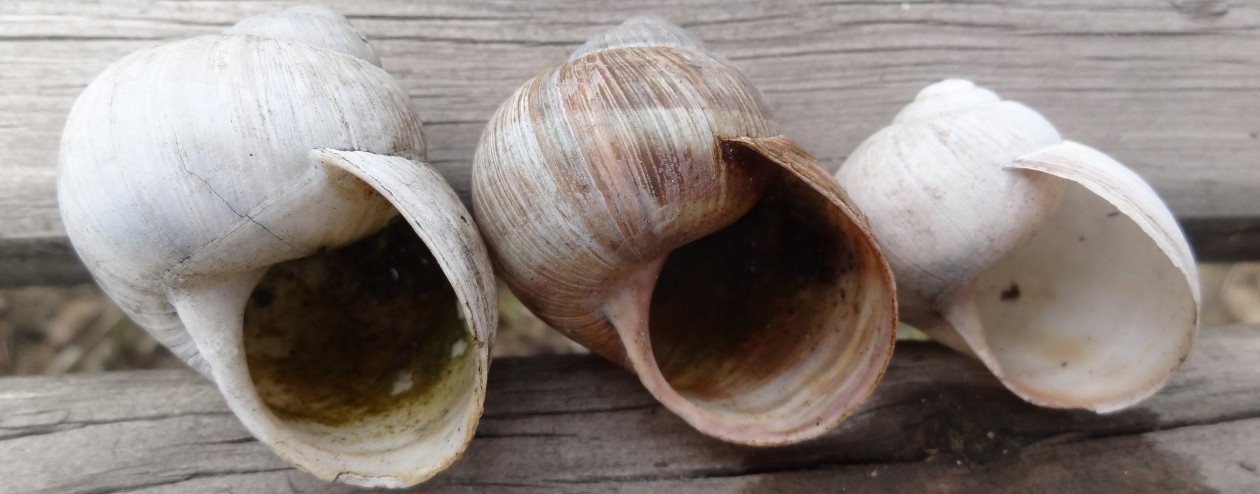I signed up for a ten week evening class in stone carving and finished it last night. Before the course started, I was thinking of doing a relief work based on one of Edward Weston’s nudes – many were of Charis who later became his wife. His work is still in copyright so I shall let you search for images via the links.
Each evening was three hours carving at college with input from Paul Hill who is nationally recognised for his skills. Here are some pictures of progress at about weekly stages.
First, free hand drawing on the Portland stone and then cutting to the level of the background; leaving a good border in case of mistakes:
End of the first evening below.

Once satisfied with the border of the figure, the lines of the figure are cut as V-shaped grooves and stone is removed from the figure. Care is given to where there are high points and lines where surfaces fall away or meet; rather like watershed lines on maps of mountains. Some guiding lines are visible in the picture on the right.
… The process continues with various bits of refining alone the way.




And the last stage is rounding over the “edges” and undercutting slightly to help with shadows [after all its the shadows that help define the form and reflections from surfaces give it depth].



These last two pictures are the finished piece but under different lights which give different tones and shadows. The black mark on the head is a hole defined by a shell in the stone. Some of the bumpiness where the left thigh meets the arm is because there were a few more shells and the stone was very soft. As my first go at figurative relief in stone, I am happy with the result.
Overall, I’ve enjoyed carving stone. Like carving wood, it is a reductive process – taking stuff away and no putting in back on – so it needs a lot of planning. In some ways I think that it is more forgiving than wood as you have to work slower and that allows you to think “is this right?” before you knock too much off! On the other hand, working with the grain of wood can allow one to carve very slender shapes which wouldn’t survive in stone.










